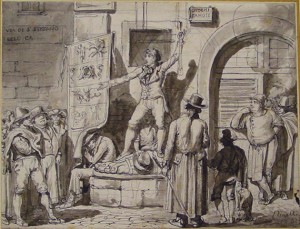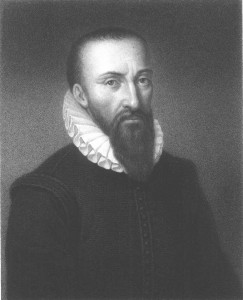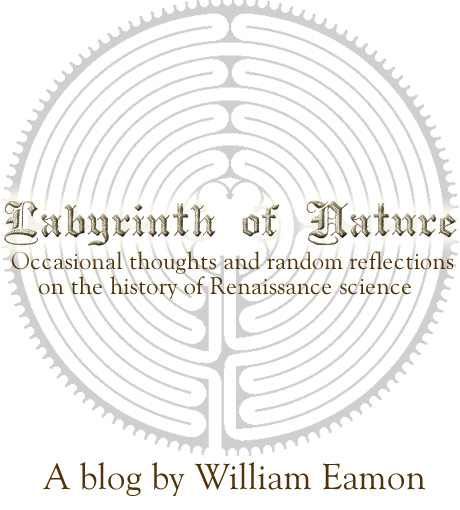[Note: In my seminar on “The Scientific Revolution” this semester, I assigned graduate students to write a blog post that, once revised by the class during a workshop, I would publish on my “Labyrinth of Nature” blog. It was an exceptionally useful writing assignment because it helped the students identify an interesting problem or topic and to write an engaging piece about the subject for a general audience. I am pleased to post the first of these pieces, by Master’s history student James Sherwood.]
Early modern doctors had a variety of different ways to heal the many diseases that afflicted the population. Although most adhered to the teachings of the ancient physician Galen, others followed the Swiss medical reformer Paracelsus and practiced the new, chemical mode of healing. Doctors sometimes used methods based on occult sciences for diseases that they judged to be occult. Plague was once such illness. A disease of the whole body, plague resulted from hidden, or occult, causes that could not be adequately explained in conventional, Galenist terms. As a result, some doctors turned to occult remedies. Read more »


![drpcover[1]](https://www.williameamon.com/wp-content/uploads/2010/09/drpcover12-199x300.jpg)
![drpportr[1]](https://www.williameamon.com/wp-content/uploads/2010/09/drpportr12-169x300.jpg)

